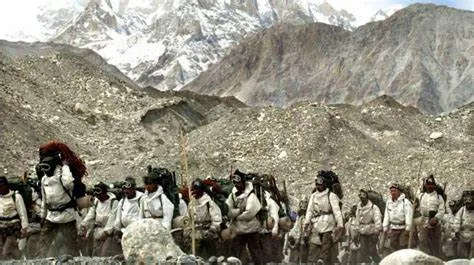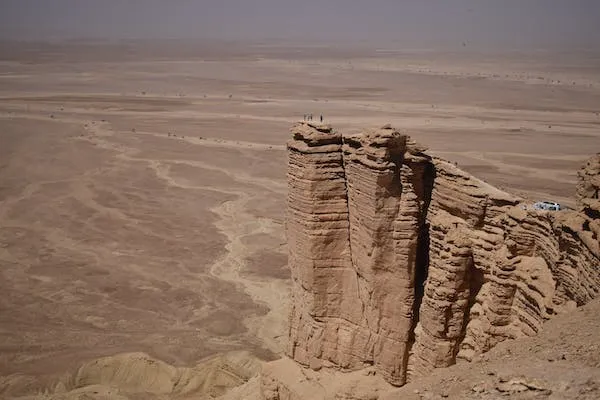In a display of exceptional agility and strategic prowess, the Indian Air Force (IAF) undertook a monumental mission, airlifting over 68,000 soldiers to the challenging terrain of eastern Ladakh. This remarkable feat stands as a testament to the IAF’s operational capabilities and their dedication to safeguarding the nation’s borders. Let’s delve into the details of this awe-inspiring endeavor.
1. The Urgency of the Deployment
The escalating tensions in the eastern Ladakh region necessitated a swift response from the Indian armed forces. With the border situation growing increasingly complex, the need to bolster the troop presence in the area became paramount.
2. Coordinated Efforts
The success of such a massive airlift operation hinged on the seamless coordination between various military units and departments. The IAF, in conjunction with the Indian Army and other relevant authorities, meticulously planned and executed this operation.
3. Aerial Fleet Utilization
To execute this mission, the IAF mobilized a diverse fleet of aircraft, including transport planes like the C-17 Globemaster and the C-130 Hercules. These aircraft are equipped to carry substantial loads and operate effectively in challenging conditions.
4. Overcoming Geographic Challenges
The challenging Himalayan terrain presented a significant obstacle during this mission. The IAF’s pilots and crew exhibited exceptional skill and precision in navigating through the treacherous mountainous landscape, ensuring the safe transport of troops.
5. Rapid Deployment Strategies
The IAF’s ability to rapidly deploy such a large number of soldiers showcased their strategic planning and execution capabilities. This airlift significantly bolstered India’s defensive posture in the region.
6. Ensuring Readiness
The soldiers airlifted to eastern Ladakh underwent rigorous training and preparation before their deployment. This ensured that they were well-equipped to handle the demanding conditions and operational requirements of the region.
7. Strengthening Border Security
The increased troop presence in eastern Ladakh serves as a strong deterrent against potential adversaries. It reinforces India’s commitment to maintaining the integrity of its borders and protecting its sovereignty.
8. Public Confidence and National Pride
The successful execution of this operation not only bolstered public confidence in the nation’s defense capabilities but also instilled a sense of national pride. The IAF’s dedication to safeguarding the nation is a source of inspiration for all.
9. Technological Advancements
Modern warfare demands a blend of tactical prowess and technological advancements. The IAF’s deployment in eastern Ladakh underscores the importance of leveraging cutting-edge technology for strategic military operations.
10. International Implications
The IAF’s swift response to the situation in Ladakh also carries international implications. It showcases India’s commitment to maintaining peace in the region while being prepared to respond effectively to any threat.
11. Lessons for the Future
The success of this airlift operation provides valuable lessons for future military planning. It emphasizes the significance of agility, coordination, and preparedness in responding to rapidly evolving situations.
12. Collaborative Diplomacy
While the focus remains on military preparedness, collaborative diplomacy plays a crucial role in preventing escalations. This operation highlights the importance of diplomatic efforts alongside military actions.
13. A Glimpse into the Future
The IAF’s airlift mission offers a glimpse into the evolving nature of warfare and defense strategies. As technology and geopolitical dynamics continue to evolve, military forces must adapt and innovate.
14. Gratitude and Acknowledgment
The nation extends its gratitude to the IAF personnel, whose dedication, courage, and commitment made this airlift operation a resounding success. Their sacrifices ensure the safety and security of the country.
15. Conclusion
In conclusion, the Indian Air Force’s rapid airlift of over 68,000 soldiers to eastern Ladakh stands as a shining example of operational excellence and strategic foresight. This mission not only bolstered national security but also served as a testament to the IAF’s unwavering dedication to safeguarding the nation’s borders.
FAQs
Q1: What was the main objective of the IAF’s airlift mission to eastern Ladakh? A: The main objective was to swiftly deploy a significant number of troops to reinforce the region’s security in the face of escalating tensions.
Q2: How did the IAF overcome the challenges posed by the difficult terrain? A: The IAF’s skilled pilots and crew navigated the challenging Himalayan terrain with precision and expertise, ensuring the safe transport of troops.
Q3: What aircraft were utilized in the airlift operation? A: The IAF utilized a variety of aircraft, including the C-17 Globemaster and the C-130 Hercules, known for their capability to carry heavy loads in challenging conditions.
Q4: What message does the success of this operation send to the international community? A: The operation showcases India’s commitment to maintaining peace in the region while being fully prepared to respond effectively to any threat.
Q5: How does this mission impact India’s defense strategies for the future? A: The mission underscores the importance of agility, coordination, and technological advancements in shaping future defense strategies.







